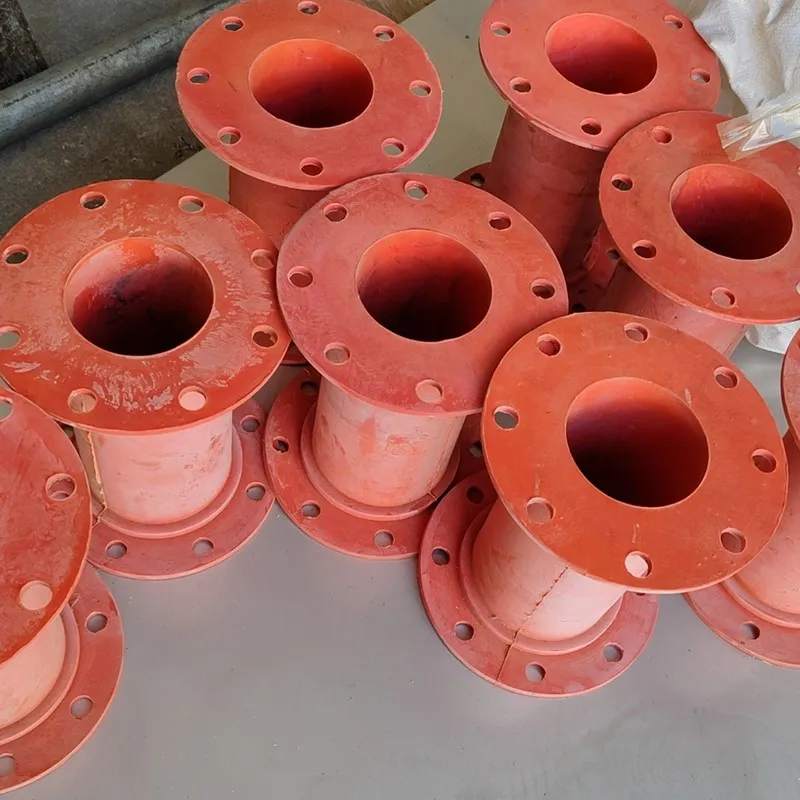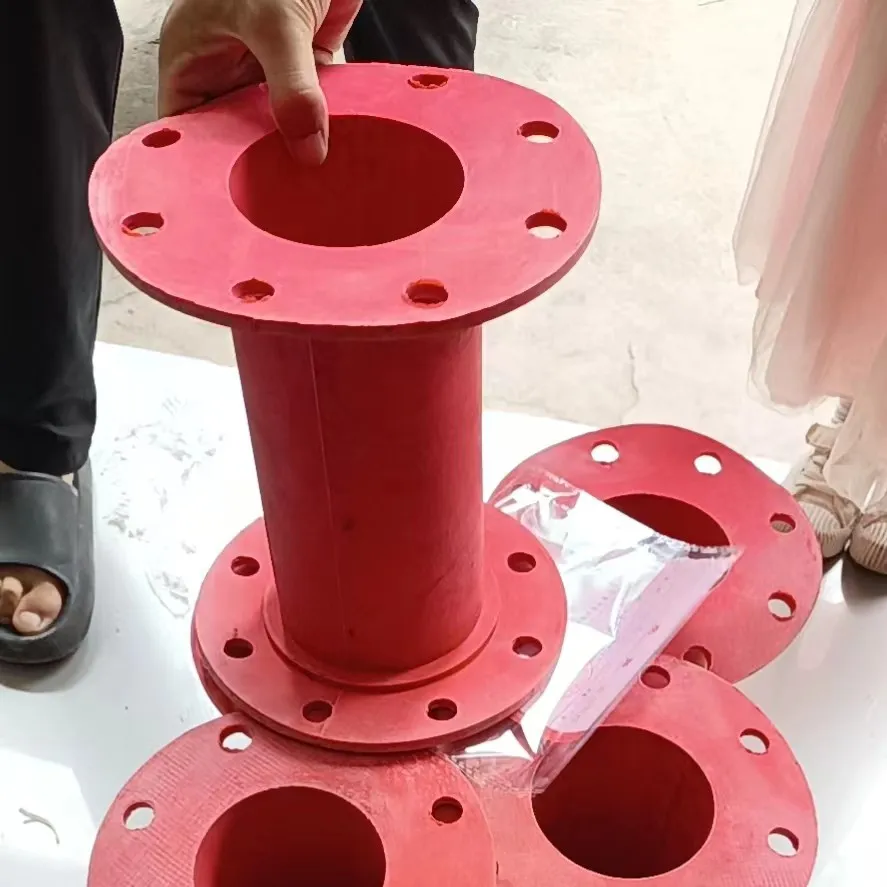What is the purpose of a sleeve valve?
2024-08-09
The purpose of a sleeve valve, or more commonly referred to as a sleeve-type control valve, is to regulate and control the flow, pressure, temperature, or other process parameters of fluids (such as gases, liquids, or steam) in industrial systems. While the term "sleeve valve" may not be a universally recognized standard term, it likely refers to a specific type of control valve that incorporates a sleeve or valve cage mechanism for regulating fluid flow.

The key functions and purposes of a sleeve-type control valve include:
Flow Control: By adjusting the position of the valve's internal components within the sleeve, the valve regulates the amount of fluid that passes through it, ensuring precise flow control as required by the process.
Pressure Regulation: In systems where maintaining a specific pressure is critical, the sleeve valve can be designed to automatically adjust the fluid flow to maintain the desired pressure level.
Temperature Control: In conjunction with temperature control systems, sleeve valves can regulate fluid flow to control process temperatures, ensuring optimal operating conditions.
Fluid Distribution: In systems that require the distribution of fluids to multiple points or equipment, sleeve valves can be used to accurately and efficiently distribute the fluid as needed.
Safety and Protection: In emergency situations, sleeve valves can be rapidly closed or adjusted to prevent equipment damage, minimize hazards, or protect personnel.
The sleeve or valve cage mechanism in a sleeve-type control valve provides a precise and reliable means of regulating fluid flow. This design often offers advantages such as improved sealing performance, higher flow capacity, and better control accuracy compared to other types of control valves.














